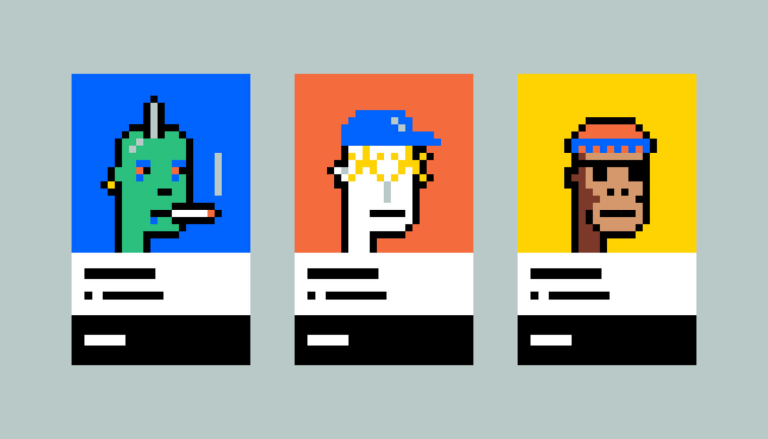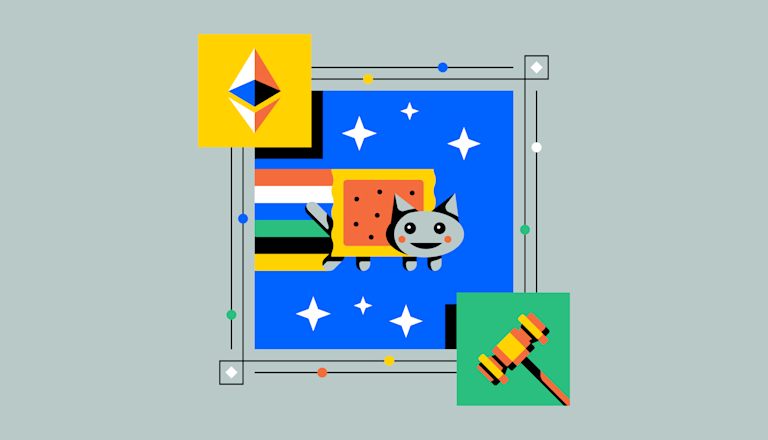What are generative art NFTs and why are they fascinating?

Generative art NFTs are unique digital artworks created through a blend of human creativity and algorithmic generations.
This form of art has seen increased attention with the advent of blockchain technology, which has added an element of scarcity to digital art.
Generative art NFTs are not only visually appealing but also represent a new frontier in the art world, offering artists a novel way to create and receive compensation for their work.
What is Generative Art?
Generative art refers to any art practice where the artist uses an autonomous system, such as an algorithm or a set of rules, to create a piece of art. This form of art has been around since the 1950s, pioneered by artists like Herbert Franke and Vera Molnár. However, it has seen a resurgence in recent years with the advent of blockchain technology and the rise of non-fungible tokens (NFTs).
In the realm of generative art, the artist and the generative system become collaborators in the creative process. The artist sets the parameters or rules, and the system generates the artwork within these boundaries. This results in unique and irreproducible pieces of art, each with its own distinct characteristics.
Generative Art and Blockchain Technology
Blockchain technology has played a role in the resurgence of generative art. By introducing an element of scarcity to digital art, blockchain has addressed one of the key challenges that digital artists have faced for years - the lack of a verifiable capped supply.
Generative art NFTs are created using blockchain's smart contract technology. A smart contract is a self-executing contract with the terms of the agreement directly written into code. In the context of generative art, the artist's parameters are coded into a smart contract. When certain conditions are met, the smart contract executes the code, generating a unique piece of art for the NFT holder.
The Fascination with Generative Art NFTs
Generative art NFTs have attracted audiences for several reasons. They represent a genuinely new form of art made possible by technology. The intersection of NFTs and the progress made on computers and machines has given birth to this unique art form.
The use of algorithms allows for the creation of thousands of individual works from the same source code. This means that each piece of art is unique, yet part of a larger collection, adding to its appeal.
Generative art NFTs have opened financial prospects for artists. Artists can now receive compensation for their work in ways that were not possible before, adding a new dimension to the art world.
The Future of Generative Art NFTs
The future of generative art NFTs holds potential. As technology continues to evolve, so too will the possibilities for generative art. We can expect to see more complex and intricate pieces of art being created, pushing the boundaries of what is possible with this form of art.
As more people become aware of and interested in generative art NFTs, there may be increased opportunities for artists. This will provide more opportunities for artists to create and receive compensation for their work, further driving the evolution of this fascinating art form.


